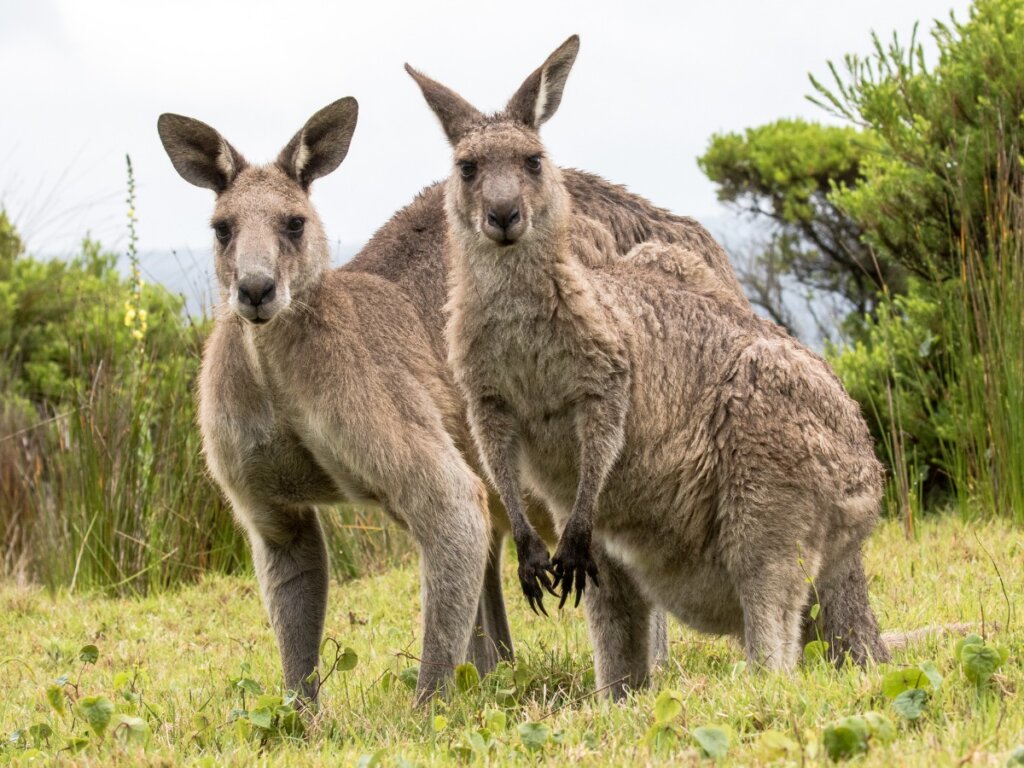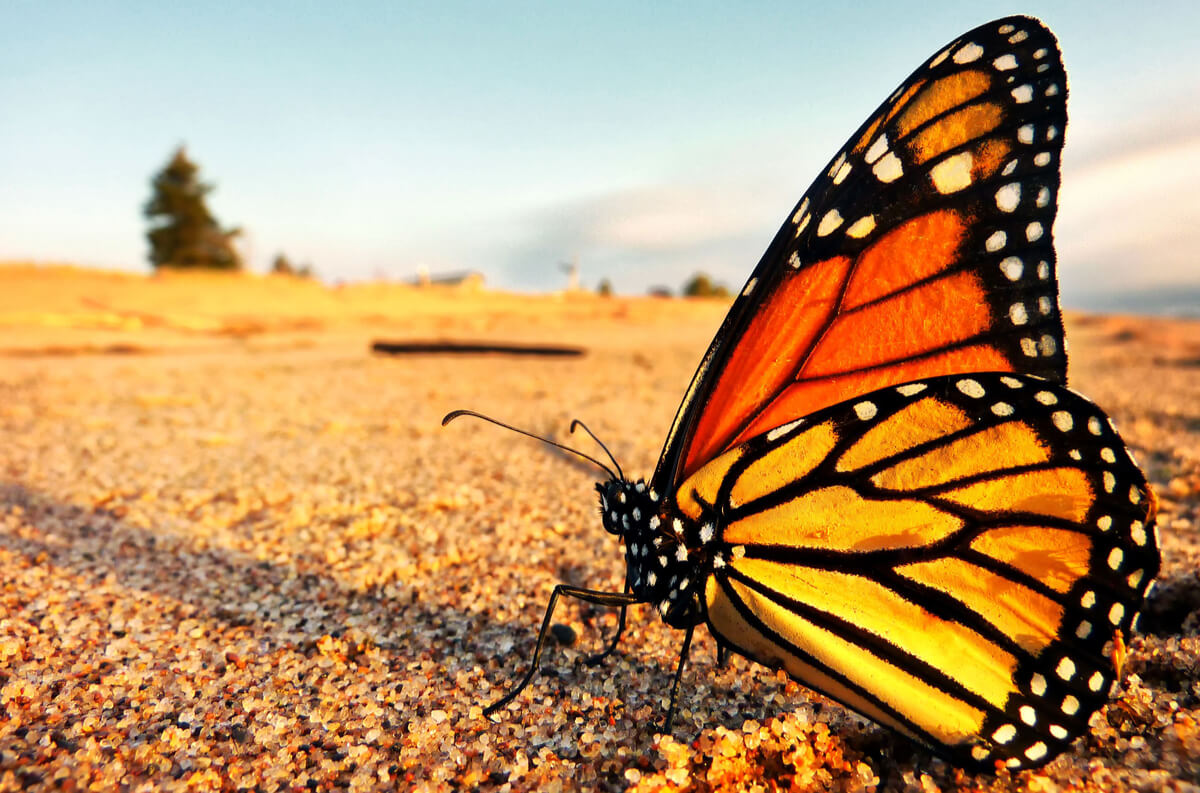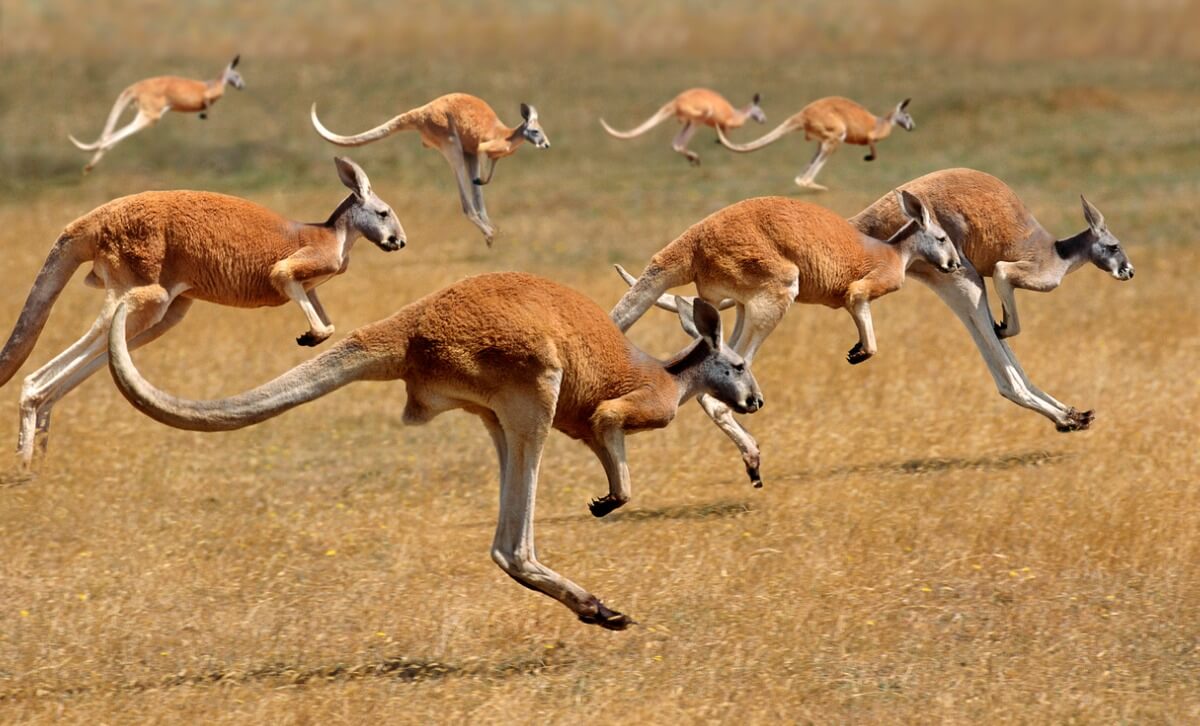Diapause in Animals: Definition and Examples

You probably already know that many animals have fascinating mechanisms for coping with extreme environmental conditions, such as a particularly harsh winter. Diapause is one of these mechanisms, although not everyone knows it by that name or even knows about it all. It’s often confused with hibernation, but it has nothing to do with this. Find out about the fascinating topic of diapause in animals today!
If you want to learn all about this fascinating adaptation for self-preservation, keep reading! Once you become familiar with it, you’ll feel closer to nature and everything it does to maintain balance in its ecosystems. Let’s get on with it!
What is diapause in animals?

Diapause in animals is a physiological state characterized by the inactivity of the animal and is triggered by specific environmental changes. It predicts adverse conditions in order to ensure the animal’s survival. In addition to the latter, it also requires specific stimuli to show the end to the adverse conditions.
So, diapause is, as its name implies, a pause in the development and growth of an animal in the face of life-threatening external conditions. It can occur at any time of the year, in the face of an unexpected drought, a particularly cold winter, food shortages, and so on.
Differences between diapause and hibernation
Reading the latter, you may have quickly thought of hibernation and animals such as bears. However, while diapause is a pause in an animal’s development, hibernation is a lethargic process that always occurs in winter (or summer, in the case of estivation).
In diapause, the physiological processes aren’t the same as in hibernation. There’s no drop in body temperature, nor a decrease in heart rate and metabolism, or the coma-like state of lethargy. On the other hand, the physiological processes of diapause begin before the adverse phenomena occurs, and they’re activated by the stimuli that predict them, not by the adversity itself.
Differences between diapause and quiescence
Another process similar to diapause is quiescence, which consists of a period of rest where the metabolism slows down, but the animal is still able to move in order to take advantage of available resources. Sometimes diapause is followed by a period of quiescence, so that the animal prepares to take advantage of favorable conditions as soon as they appear.
Types of diapause
Not all diapauses are the same, although they respond to the same need for survival. Currently, 2 types are distinguished, obligatory and facultative, as you can read below:
- Obligatory: the animal enters this state at some stage of its life, since it coincides with periods of scarce resources.
- Optional: diapause is initiated only when environmental conditions threaten to become adverse.
Phases of diapause
This process goes through several phases where the functioning of the animal’s body changes progressively. Let’s take a look at each of them in detail:
- Induction: In this phase, the animal responds to the so-called “symbolic signals”, which are those that predict a change in environmental conditions (variation of the photoperiod, chemical changes in the plants it feeds on, decrease in temperature, etc.).
- Preparation: Plenty of lipids, carbohydrates and proteins are accumulated to stay alive during diapause. Some species skip this phase and go directly from induction to initiation.
- Initiation: This phase begins when the animal’s morphological development stops. Enzymatic changes begin to resist future adverse conditions, changes in behavior, or metabolism.
- Maintenance: Metabolism remains at low levels and growth is halted. In this phase, sensitivity to environmental changes increases again, in order to be able to detect those that signal the end of the diapause.
- Termination: The organism gradually reactivates as favorable conditions appear. In the case of obligate diapause, this process is dictated by the animal’s genome.
Examples

Diapause is common among insects, especially in their larval stages. Thus, a caterpillar that makes its chrysalis in order to metamorphose during the winter could delay its hatching until a couple of months later if the winter is particularly cold.
Coleoptera, on the other hand, usually undergo a period of diapause in summer, where droughts and heat waves are more frequent.
On the other hand, there’s also what we call embryonic diapause, typical of marsupials and other mammals. The body of the red kangaroo (Macropus rufus), for example, is capable of stopping the development of an embryo if it has a suckling calf in its marsupium. This embryo would remain in diapause until its mother’s body can bear the biological resources involved in pregnancy.
Therefore, diapause is a biological mechanism that ensures the survival of individuals when the environment isn’t suitable for it. Once again, nature surprises us with strategies to adapt even to its own unexpected changes.
All cited sources were thoroughly reviewed by our team to ensure their quality, reliability, currency, and validity. The bibliography of this article was considered reliable and of academic or scientific accuracy.
- Koštál, v. (2006). Eco-physiological phases of insect diapause. Journal of Insect Physiology. Volume 52, Issue 2, Pages 113-127. Disponible en: https://www.sciencedirect.com/science/article/abs/pii/S0022191005002052?via%3Dihub
- Gutiérrez, D. (2005). Diapausa: Causas, mecanismos, consecuencias. Disponible en: https://repository.javeriana.edu.co/bitstream/handle/10554/55779/DIAPAUSA.pdf?sequence=1
- Tougeron, K. (2019). Diapause research in insects: historical review and recent work perspectives. Entomologia Experimentalis et Applicata, 167(1), 27-36.
- Saunders, D. S. (2020). Dormancy, diapause, and the role of the circadian system in insect photoperiodism. Annual Review of Entomology, 65, 373-389.
- Deng, L., Li, C., Chen, L., Liu, Y., Hou, R., & Zhou, X. (2018). Research advances on embryonic diapause in mammals. Animal reproduction science, 198, 1-10.
